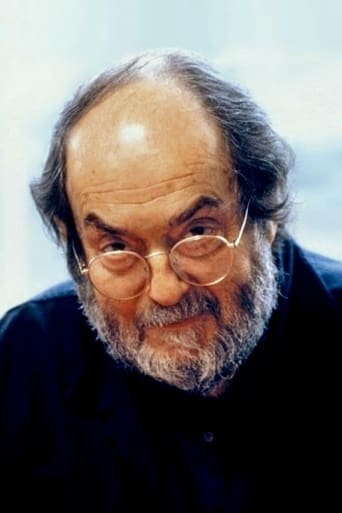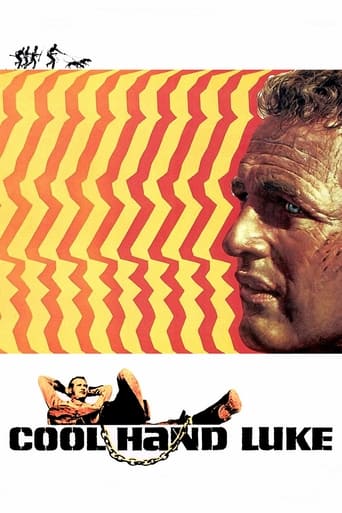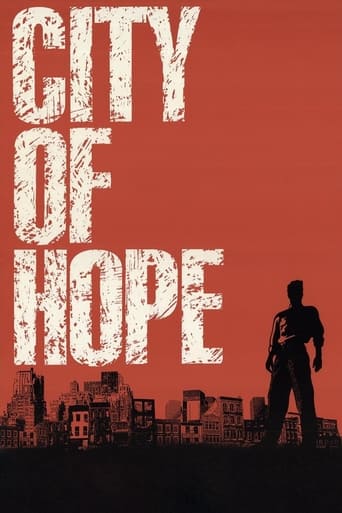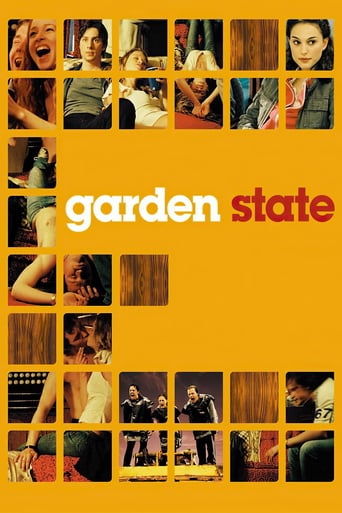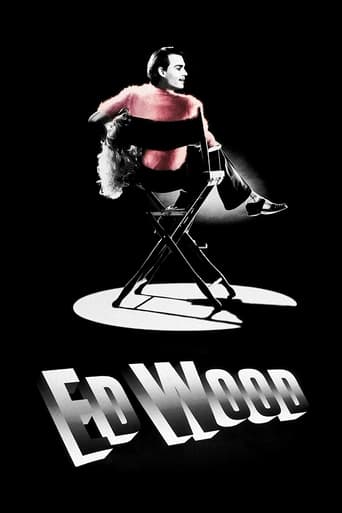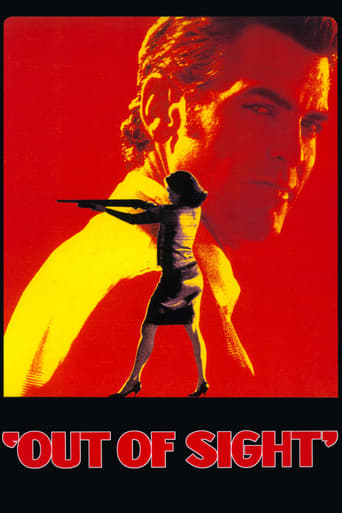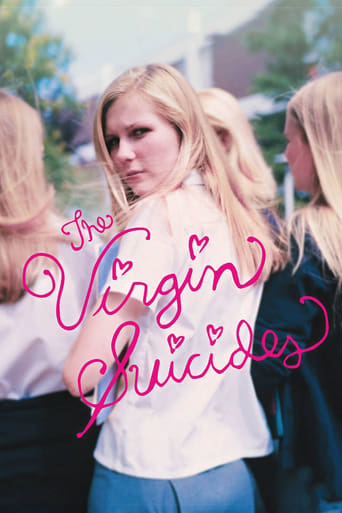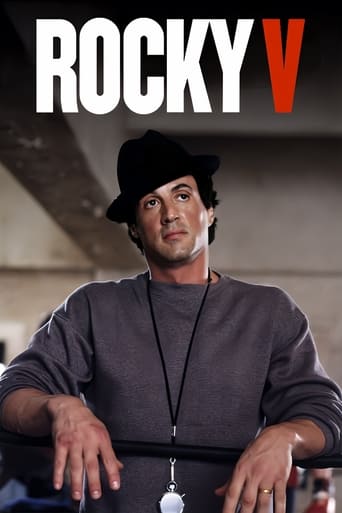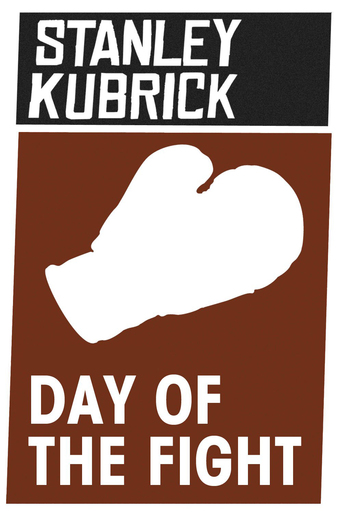
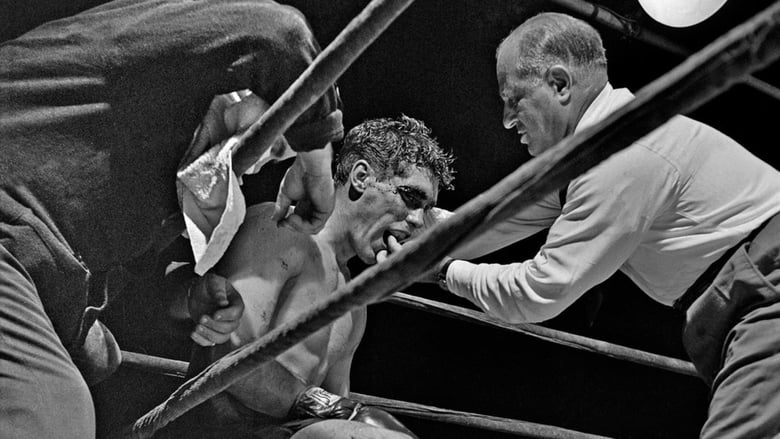
Day of the Fight (1951)
'Day of the Fight' shows Irish-American middleweight boxer Walter Cartier during the height of his career, on the day of a fight with black middleweight Bobby James, which took place on April 17, 1950.
Watch Trailer
Cast


Similar titles
Reviews
hyped garbage
The best films of this genre always show a path and provide a takeaway for being a better person.
Excellent and certainly provocative... If nothing else, the film is a real conversation starter.
I didn’t really have many expectations going into the movie (good or bad), but I actually really enjoyed it. I really liked the characters and the banter between them.
This was Stanley Kubrick's first foray into film, a 13-minute short following the minor boxer Walter Cartier the day of a fight. This short was based on Kubrick's pictorial layout for Look magazine entitled "Prizefighter", where Kubrick had followed Cartier around before a previous fight.The short is in black and white, which serves the subject beautifully. Not much happens throughout the short film. Cartier, and his twin brother Vincent, walk to church, eat breakfast, and eat lunch, among other things. However, there were a few moments that stood out, one being the short part where Walter is looking at himself in the mirror. He messes with his hair, and then plays with his face and moves his nose around. This reminded me of the scene at end of "Raging Bull" when Jake LaMotta is contemplating himself in the mirror.The action starts to pick up right before the fight. The editing builds the tension as we and the fighter wait. Then before we know it the fight has begun and is over. All day's preparation for 90 seconds of action. Luckily our hero comes out on top, and film ends.A promising start to a legendary career.
Day of the Fight (1951) *** (out of 4) Kubrick's second short shows us a day in the life of a middle-weight boxer as he prepares for a fight. Even with the boring narration, this film here moves a lot better and the fight scene is rather interesting because it's shown complete as it happened. You can spot Kubrick in a few scenes with his camera.Flying Padre (1951) ** (out of 4) Stanley Kubrick's first film is a documentary about a priest in New Mexico who needs a plane to keep up with all his people. This is a really boring and flat film even with its 9 minute running time. The priest really isn't that interesting and the narration is flat and stiff. God knows better things were to follow from Kubrick.Seafarers, The (1953) ** (out of 4) Overly long and dreadfully boring promotional film for the Seafarers Union, which basically tries to teach people why they should join. This is historically interesting only because it's Stanely Kubrick's first film in color. The rest is pure boredom and it's no wonder Kubrick doesn't want this film seeing the light of day.
In 1950, legendary director Stanley Kubrick was a young photographer who was beginning to be fascinated by the many films he discovered in his visits to the screenings done by the Museum of Modern Art and other cinemas of New York. The discovery of such a wide range of different films made a big impact on the talented "Look" magazine photographer, who began to experiment with the medium, heavily influenced by the fluid movement that was the trademark of director Max Ophüls' work. It was that very same year when Kubrick would have his first chance to make a movie, as his friend Alexander Singer persuaded him to make a short documentary that he could sell to a distributor of cinema newsreels. Kubrick accepted the proposal, and inspired by an article he had done for "Look", he began working on his first movie. That early film would be "Day of the Fight"."Day of the Fight" is a short documentary that chronicles a day in the life of Irish middleweight boxer Walter Cartier, a very promising fighter who is about to face an important contender, Bobby James, on that very same day. However, before focusing on Cartier, the movie makes a short yet informative description of boxing, its history, and its fanatics; everything with the precise and direct narration by veteran newsman Douglas Edwards. After that brief introduction, the movie follows Cartier from early in the morning until the fight, which takes place at 10:00 pm. Through the day, we follow Walter Cartier and his identical twin brother Vincent (who is also a lawyer and Walter's manager) in their preparation for the fight, starting with a good breakfast and early mass, and the subsequent mental and physical preparation that Walter makes in order to become a fighting machine.While the idea of the film was entirely Kubrick's, the screenplay for the narration was entirely the work of Robert Rein, who follows the typical style of narrative that had been prevalent during the 40s weekly newsreels of "The March of Time", as in fact, that company was the originally planned buyer of "Day of Fight. However, since the company went out of business that very same year, the movie was then sold to RKO Pictures, who under the RKO-Pathé brand, became the movie's distributor. Anyways, as written above, Rein's script follows the classic conventions of the newsreels of its time, mixing the educational purposes of the documentary with a heavy use of melodramatics in the voice-over's narrative. However, credit must go to Rein for making a very realistic, albeit sentimentalist, description of the boxers' life.If the voice-over of "Day of the Fight" sounds archaic and outdated to us these days, Kubrick's direction of the film looks the opposite as while still limited to its medium's restriction, the young director managed to create a vibrant film thanks to his very fluid and dynamic use of camera-work. While the movie is still a documentary bounded by its obligatory narration, Kubrick uses his camera to create a character out of the real persona of Walter Cartier, and while the boxer has no lines in the movie, a lot of him can be known thanks to the images Kubrick's camera has captured of him. As the moment of the fight gets closer, Kubrick accelerates the pace, truly increasing the tension and giving the story a real feeling of suspense as the fight begins. The images from the fight are remarkably edited and the result is one of the best scenes of a sports documentary.While the screenplay is definitely typical of newsreels, Douglas Edwards' narration gives it a slightly different edge, as he manages to put the perfect emotion on what he is saying. No doubt thanks to his many years as a sports newsman, Edwards gives his words an impact and presence that makes the movie real, as if one was there with Cartier training for the big day. True, it's still an outdated style of narration, but Edwards' style makes it enjoyable. The rest of the people who appears on film has no lines, while we follow the Cartier brothers in their day, everything is narrated by Edwards and there is no interview with the contenders. However, it's safe to say that in this movie Walter projects a lot of presence and so it's not a surprise that after his career as a boxer he had decided to become an actor (landing a small, yet memorable role in "The Phil Silvers Show").Considering the magnitude and importance of Stanley Kubrick's career, it's very easy to dismiss this movie as part of his career; however, unlike his second work ("The Flying Padre"), there are many things in this movie that makes it interesting and showcase early bits of what would become the Kubrick's style. Sure, it has every flaw a newsreel could have (including the typical use of staged scenes), but it also feels different, as Kubrick's eye for photography gave it a new look (Certainly, Gerald Fried's music also helped on this). A short newsreel like "Day of the Fight" may not be the most impressive debut for a legendary filmmaker, but in all its humility, this little short represents the beginning of a Master's career, and that's enough reason to give it a chance. Kubrick fans, this is a must. 7/10
"This is a fight fan. Fan: short for fanatic" (first lines).While Stanley Kubrick was working for Look Magazine back in the late '40s and early '50s, he came across a photo shoot of a boxing match involving a Walter Cartier. The article, entitled "Prizefighter," was published January 18th, 1949. A year later, Kubrick contacted Cartier, asking him if he would like to be in a short documentary for the declining RKO-Pathé. Cartier agreed, and Kubrick began, in 1950, with what would become his first film ever.The story itself is told in three parts (much like the later Full Metal Jacket [1987]), which take up about 5 minutes apiece. The dialogue, spoken by veteran newsman Douglas Edwards, is very noir (example: "It's a living. For some, not much of a living.") The first part regards boxing and the fan. It portrays the walks of life boxing comes from. It ends when Natt Fleischer, a boxing historian, is shown looking through a book of boxing statistics. Kubrick's photojournalistic upbringing is showcased here; the framing of the book is done in a nice, storytelling style. Kubrick obviously knows what he's doing here. We then spotlight one particular boxer in this book: Walter Cartier. The second and third parts are dedicated to a single day in his life: the day of a middleweight fight (April 17th, 1950). The second part is his life leading up to the fight (from 6:00 A.M. to the arrival at the arena at 8:00 P.M.) It's a nice sequencing of events, beginning with a shot of a program attached to a pole advertising the fight (a shot we will see again in Killer's Kiss [1955]) and then showing Walter himself. It shows him waking up, going to communion ("in case something should go wrong tonight,") eating breakfast, undergoing his health examination, playing with his dog. As the fight draws near, we see the "long last look in the mirror" as Walter examines his face. The sequence will be perfectly transcribed to Killer's Kiss (1955) in a few years. The third part (from 8:00 P.M. to the fight at 10:00 P.M.), begins when Walter arrives at Laurel Gardens. The main focus is on the "big wait." We see the transformation Walter undergoes from normal man to fighting machine. We see his opponent, Bobby James, for a few seconds. When Walter finally goes to the ring, we reach the real action of the short. The fight (which is less than a round and was shot live) is brutal, and seems to be echoed repeatedly in Scorsese's Raging Bull (1980). If you look closely during the fight, you can see men standing at ringside with cameras. These are most likely Kubrick and assistant director Alexander Singer (who was later assistant producer for The Killing [1956]). As the fight reaches the KO, the camera focuses on crowd reaction (one shot is of Singer's fiancée, for whom Kubrick did wedding photography). When the fight is over, and all is said and done, the 16-minute short concludes with "For him, it's the end of a working day." Music swells, the end.Everything that could go well about this film did. The story is excellently planned out, the narration is full of emotion and energy, the music is terrific (Gerald Fried, who met Kubrick through Singer, would go on to do the music for Kubrick's first four feature films) and Cartier and entourage are people with whom one can connect (although none of them, excepting the ring announcer, has a single line of dialogue). I have seen this film multiple times, and I plan on seeing it many, many more. I recommend this film to any fan of boxing, documentaries and expecially hardcore Kubrick fans (that is, if you can get your hands on it). This films gets a 10 out of 10.


